Traveling with pets has become increasingly popular in recent years, as more people consider their furry companions to be part of the family. Whether it’s a weekend getaway or an extended vacation, pet owners are seeking accommodations that welcome their four-legged friends. However, checking into a hotel with a pet requires careful planning and attention to detail to ensure a smooth and stress-free experience for both the pet and the owner.
One of the first things to consider when booking a pet-friendly hotel is the property’s specific pet policy. Policies can vary widely, from weight restrictions and breed limitations to additional fees and required documentation. Some hotels may only allow small dogs or cats, while others might accommodate larger breeds or even exotic pets. It’s essential to read the fine print before making a reservation to avoid any surprises upon arrival.
Preparation is key when traveling with a pet. Before heading to the hotel, make sure your pet is up to date on vaccinations and has proper identification, such as a microchip or a collar with contact information. Packing a travel kit with essentials like food, water, toys, and bedding can help your pet feel more comfortable in an unfamiliar environment. Additionally, bringing along familiar items can reduce anxiety and make the transition easier.
Upon arrival at the hotel, take a few moments to inspect the room for potential hazards. Look for loose wires, toxic plants, or small objects that could be swallowed. If the room has a balcony or patio, ensure it’s securely closed to prevent accidental escapes. Some hotels provide pet amenities such as bowls, treats, or even pet beds, but it’s always wise to confirm these details in advance.
Behavior and etiquette play a significant role in ensuring a positive experience for everyone. Even if a hotel is pet-friendly, not all guests may be comfortable around animals. Keeping your pet on a leash in common areas and minimizing noise can go a long way in maintaining a peaceful atmosphere. If your pet tends to bark or meow excessively, consider requesting a room away from high-traffic areas to avoid disturbing other guests.
Another important aspect to consider is housekeeping. Inform the front desk if you’d prefer housekeeping services to be scheduled when you’re present in the room. This can prevent your pet from becoming stressed or escaping when the door is opened. Some hotels may even offer pet-sitting or dog-walking services, which can be incredibly helpful if you plan to spend time away from your pet during your stay.
Before leaving the room unattended, assess whether your pet is comfortable being alone. Some animals may experience separation anxiety in a new environment, leading to destructive behavior or excessive noise. If you’re unsure, it’s best to take your pet with you or arrange for a pet sitter. Many hotels have strict policies about leaving pets unattended, so be sure to clarify this beforehand.
Emergencies can happen, so it’s crucial to be prepared. Research nearby veterinary clinics and emergency pet hospitals before your trip. Save their contact information and directions in your phone for quick access. Additionally, familiarize yourself with the hotel’s emergency procedures in case of an incident involving your pet. Knowing what to do in advance can save valuable time in a crisis.
Checking out of the hotel is just as important as checking in. Before departing, do a thorough inspection of the room to ensure your pet hasn’t caused any damage. Report any accidents or issues to the staff immediately to avoid additional charges. Leaving a small tip for the housekeeping staff can also be a thoughtful gesture, especially if they’ve gone out of their way to accommodate your pet.
Traveling with a pet can be a rewarding experience, but it requires extra effort and attention to detail. By understanding hotel policies, preparing adequately, and being considerate of other guests, pet owners can ensure a pleasant stay for everyone involved. As more hotels recognize the growing demand for pet-friendly accommodations, the options for travelers continue to expand, making it easier than ever to bring your beloved companion along for the adventure.
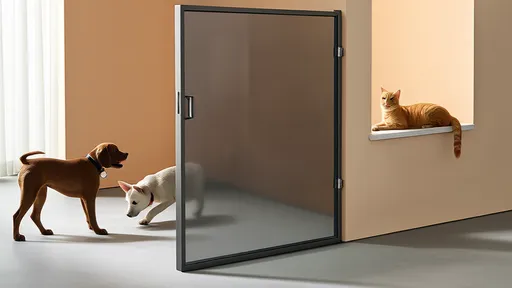
By /Jul 31, 2025

By /Jul 31, 2025

By /Jul 31, 2025

By /Jul 31, 2025

By /Jul 31, 2025

By /Jul 31, 2025

By /Jul 31, 2025
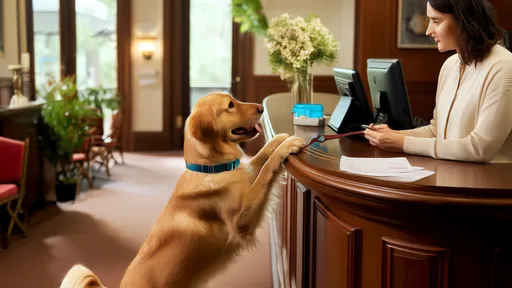
By /Jul 31, 2025
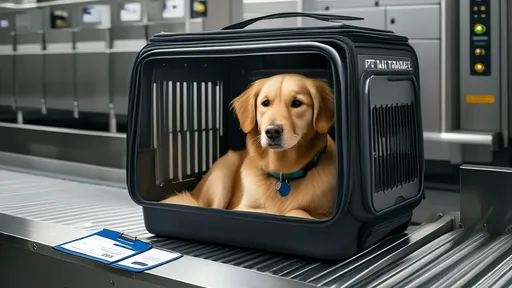
By /Jul 31, 2025
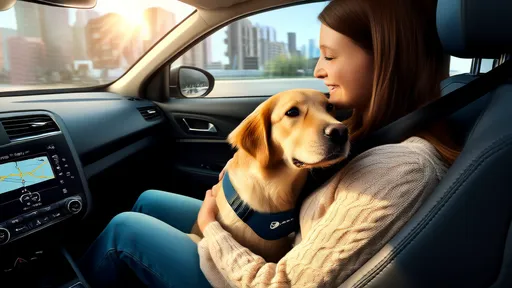
By /Jul 31, 2025

By /Jul 31, 2025
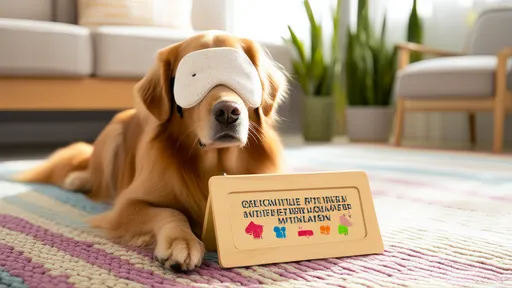
By /Jul 31, 2025

By /Jul 31, 2025

By /Jul 31, 2025
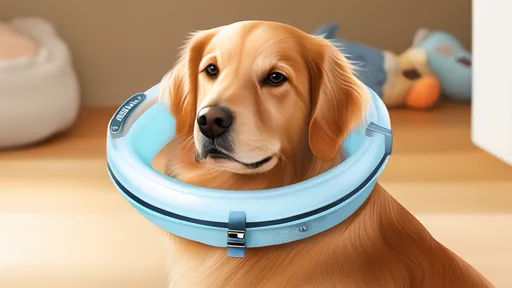
By /Jul 31, 2025

By /Jul 31, 2025
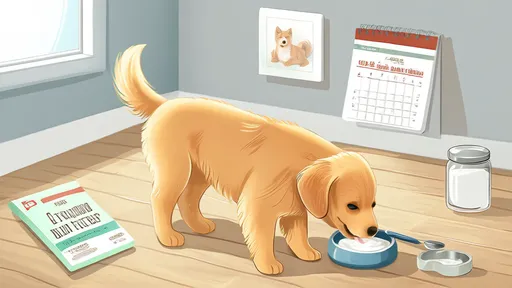
By /Jul 31, 2025

By /Jul 31, 2025

By /Jul 31, 2025
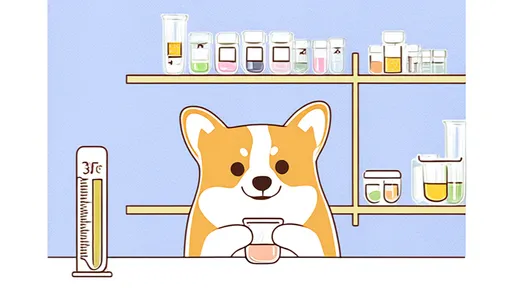
By /Jul 31, 2025